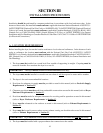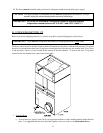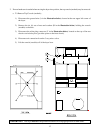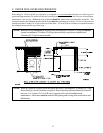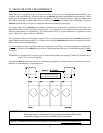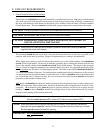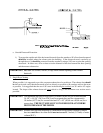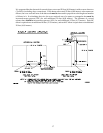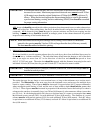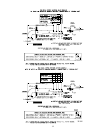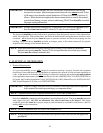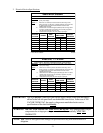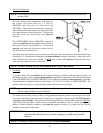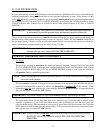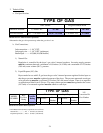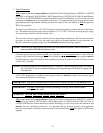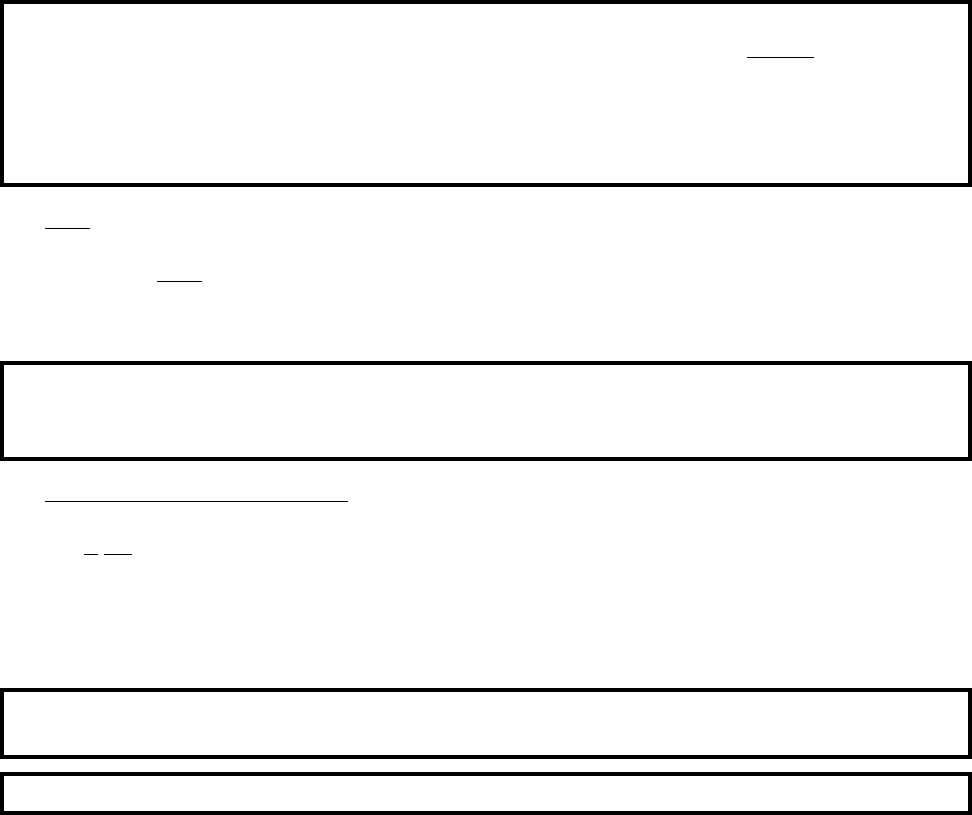
18
IMPORTANT: For extended ductwork runs, the cross section area of the ductwork can only be
increased to an extent. Maximum proportional ductwork runs cannot exceed 20 feet
(6.09 meters) more than the original limitations of 20 feet (6.09 meters) with two (2)
elbows. When the ductwork approaches the maximum limits as noted in this manual,
a professional heating, venting, and air conditioning (HVAC) firm should be consulted
for proper venting information.
ALL ductwork should be smooth inside with no projections from sheet metal screws or other obstructions,
which will collect lint. When adding ducts, the duct to be added should overlap the duct to which it is to be
connected.
ALL ductwork joints must be taped to prevent moisture and lint from escaping into the
building. Inspection doors should be installed at strategic points in the exhaust ductwork for periodic
inspection and cleaning of lint from the ductwork.
NOTE: When the exhaust ductwork passes through a wall, ceiling, or roof made of combustible
materials, the opening must be 2-inches (5.08 cm) larger than the duct (all the way around).
The duct must be centered within this opening.
3. Multiple Dryer (Common) Venting
If it is not feasible to provide separate exhaust ducts for each dryer, ducts from individual dryers may be
channeled into a “common main duct.” The individual ducts should enter the bottom or side of the main
duct at an angle not more than 45° in the direction of the flow and should be spaced at least
48-3/4” (123.82 cm) apart. The main duct should be tapered, with the diameter increasing before each
individual 16-inch (40.54 cm) duct for gas and 18-inch (45.72 cm) duct for steam is added.
IMPORTANT: When exhausted into a multiple (common) exhaust line, a back draft damper must be
installed at each dryer duct.
IMPORTANT: No more than four (4) dryers should be connected to one (1) main common duct.
The main duct may be any shape or cross-sectional area, so long as the minimum cross section area is
provided. The illustrations on the next page show the minimum cross section area for multiple dryer
round or square venting. These figures must be increased 10 square inches (64.52 square centimeters)
when rectangular main ducting is used, and the ratio of duct width to depth should not be greater than
3-1/2 to 1. These figures must be increased in proportion if the main duct run to the last dryer to where it
exhausts to the outdoors is unusually long (over 20 feet [6.09 meters]) or has numerous elbows (more than
two [2]) in it. In calculating ductwork size, the cross-sectional area of a square or rectangular duct must
be increased twenty percent (20%) for each additional 20 feet (6.09 meters). The diameter of a round
exhaust must be increased ten percent (10%) for each additional 20 feet (6.09 meters). Each 90° elbow
is equivalent to an additional 40 feet (12.19 meters) and each 45° elbow is equivalent to an additional 20
feet (6.09 meters).



